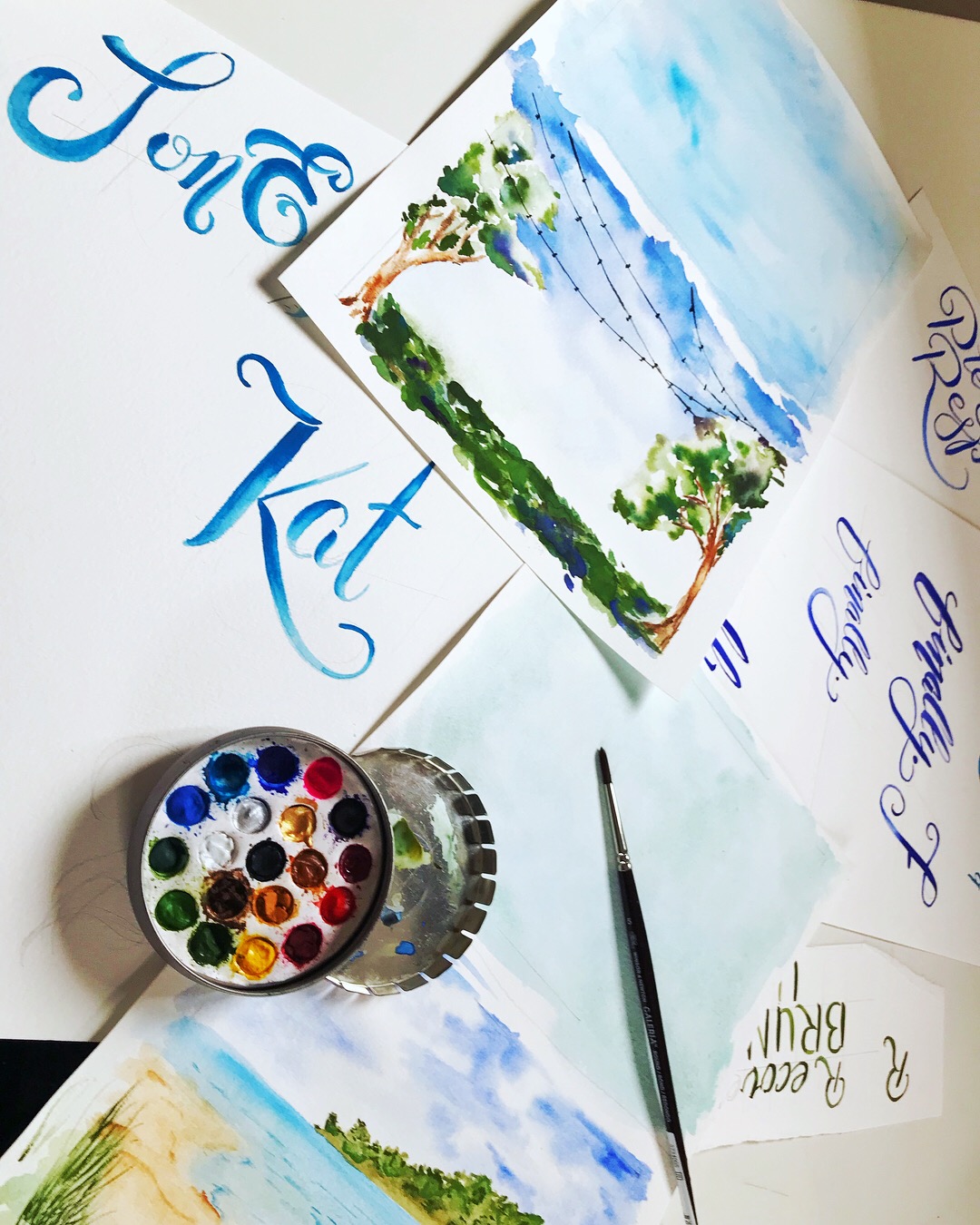It’s life update time! I’ve got a whole pile of half-finished things to tell you about, and we’ve got a bit of a change coming up with the blog. I’ve been spending more time with the wedding dress, and things are finally coming together!
Read MoreA Maker's Journal (and Download!)
An attempt is made to be organized.
Read MoreCommitted to the Madness (Hand Lettering Part 2)
Adventures in hand lettering with various techniques, brushes, and nibs.
Read MoreThis Way Lies Madness. A Beginner's guide to Hand Lettering (Part 1)
I have a problem, and I blame it all on Pinterest. If we're being honest here, this problem predates Pinterest by at least seven and a half years, but I can be melodramatic if I want. This problem has haunted me for eons; it clings to me like wet organza to a petticoat at a rained-out tea party, and completely defies correction.
What is this problem, you ask?
Hobbies. I collect them. I'm basically a crazy cat lady, and my feline friends' names are Knitting, Batiking, Stamp Carving, Screen Printing, Illustration, and Dressmaking. Once my brain meets a new one, it grabs hold and refuses to let go until I've mastered the subject, solved the problem, completed the project. Usually I go hard for between two and four weeks, and then things calm down. Sometimes the thing becomes a long-term obsession which I cling to for years, but for the most part I'll learn the thing to the best of my abilities only to eventually grow bored and pack the thing up until its eventual rediscovery a few years later when I run out of places to store things. (I'm dropping the cat lady metaphor now because while some of the cats are loved and cared for throughout their lives, others are stuffed into boxes and left to gather dust in haphazardly stacked shoeboxes, and that, my dear children, is animal hoarding and is in fact frowned upon in most societies.)
This is a problem mostly because I seem to be particularly attracted to expensive hobbies. The more expensive the supplies, the better! What's worse, the knowledge that I have this problem does absolutely nothing to prevent it from continuing to happen. It's a vicious cycle I tell you.
So what is it this time?
My current obsession is hand lettering. I do not pretend to be an expert, as this obsession only began about two months ago. It's too early to know what will happen with it, I don't know that we're quite out of the box-packing stage yet, but this one has certainly made it further than others.
It all started with Pinterest. (doesn't everything these days...)
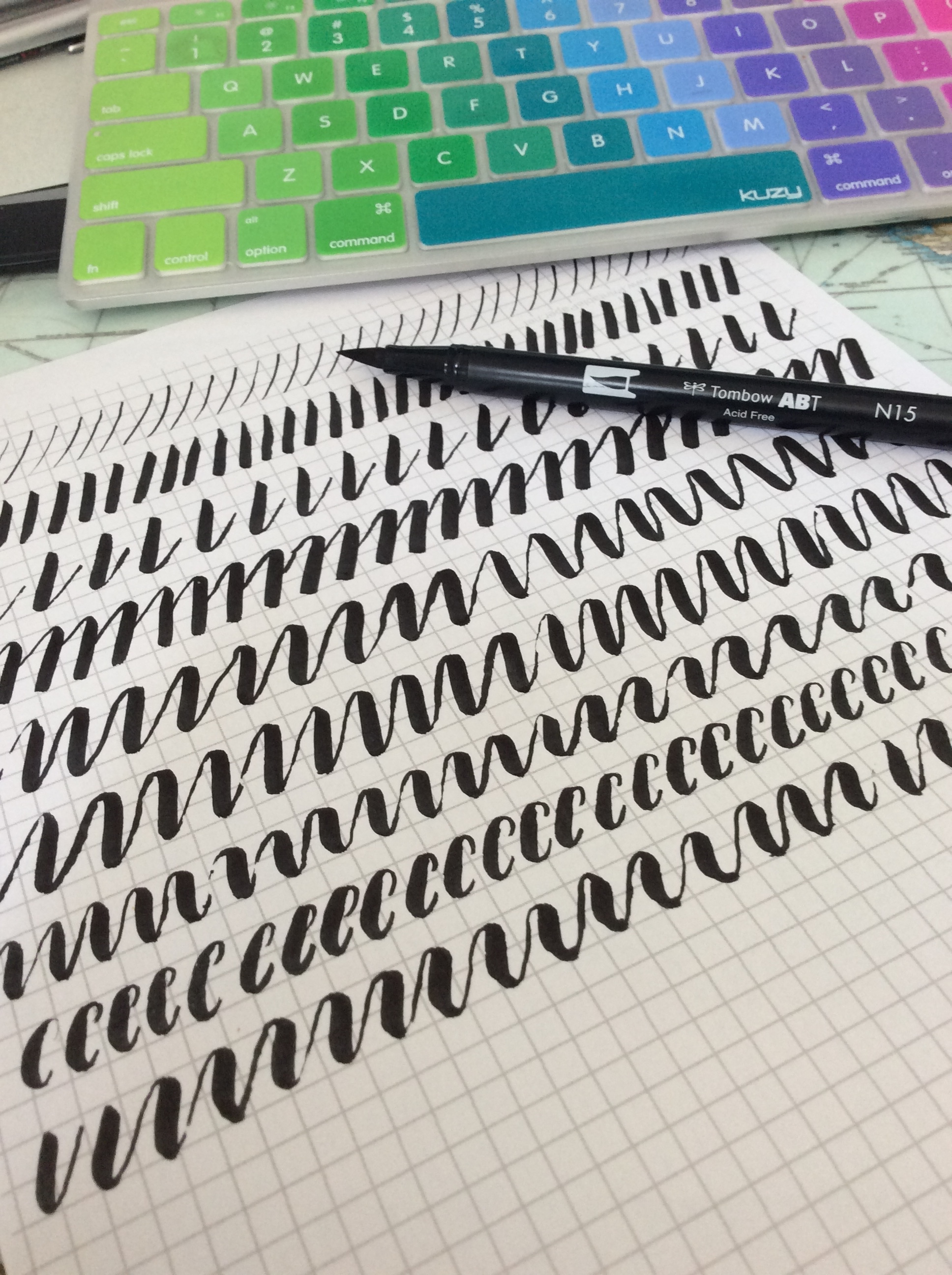
I'd just arrived in New Zealand and was in the process of applying for work here. There are only so many versions of a cover letter any sane human can write in a day, though, so I was also spending a lot of time on The Internet.
One thing led to another and suddenly I've got a whole board of lettering inspiration and I'm googling art supply stores in Auckland so I can get my hands on some of these mythical 'brush pens'
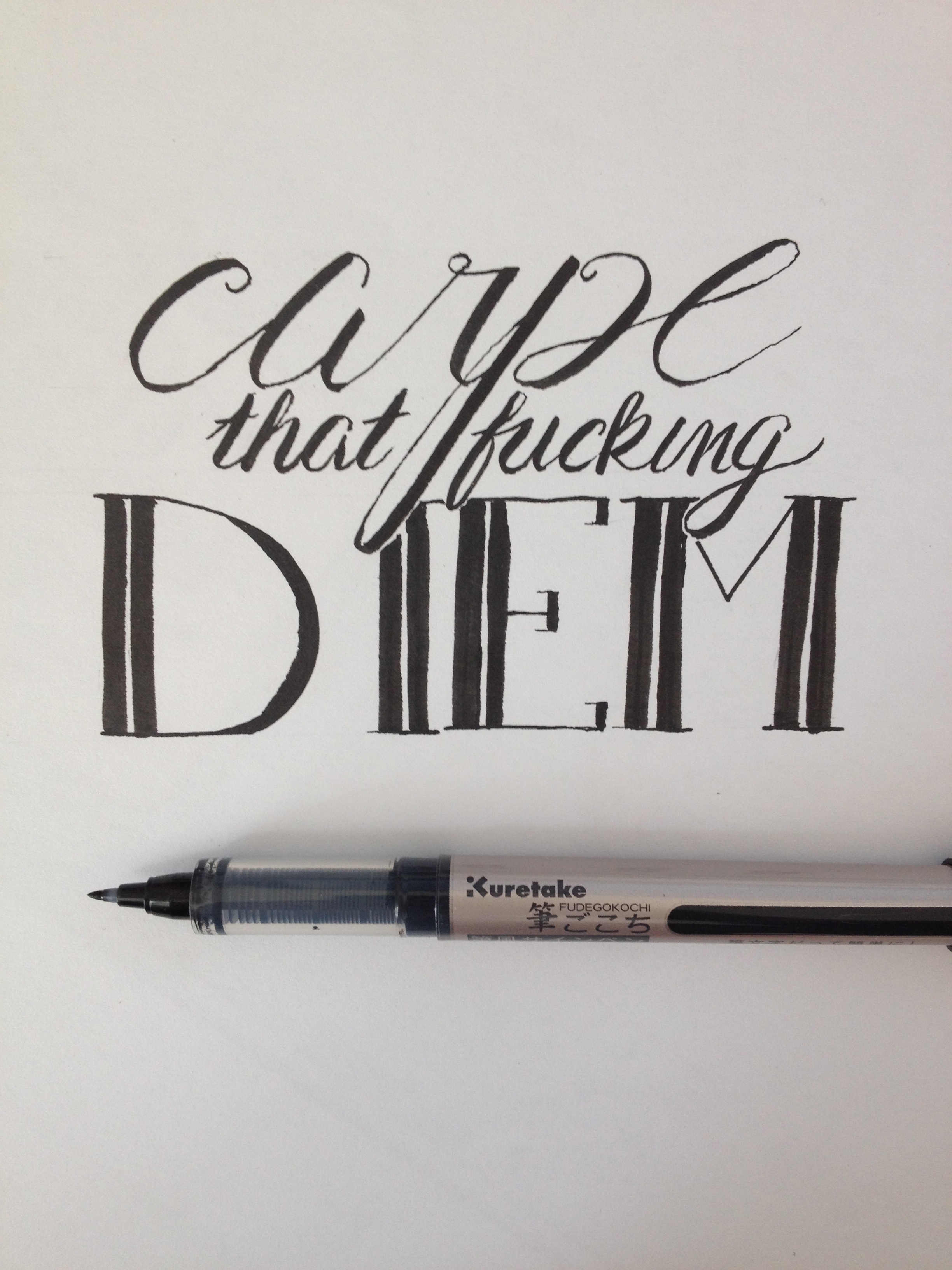
For those of you yet blissfully unaware, brush pens are nifty little creatures that have flexible felt or bristle nibs, which allow you to create thick and thin penstrokes by varying the pen pressure. My first, the Tombow Dual-Tip brush pen in practical black was an experience. I practiced constantly- on every little scrap of paper I could find. When I ran out of scrap paper, I bought a graph paper notebook from the back-to-school section of an office supply store for $3 and filled that with scribbles.
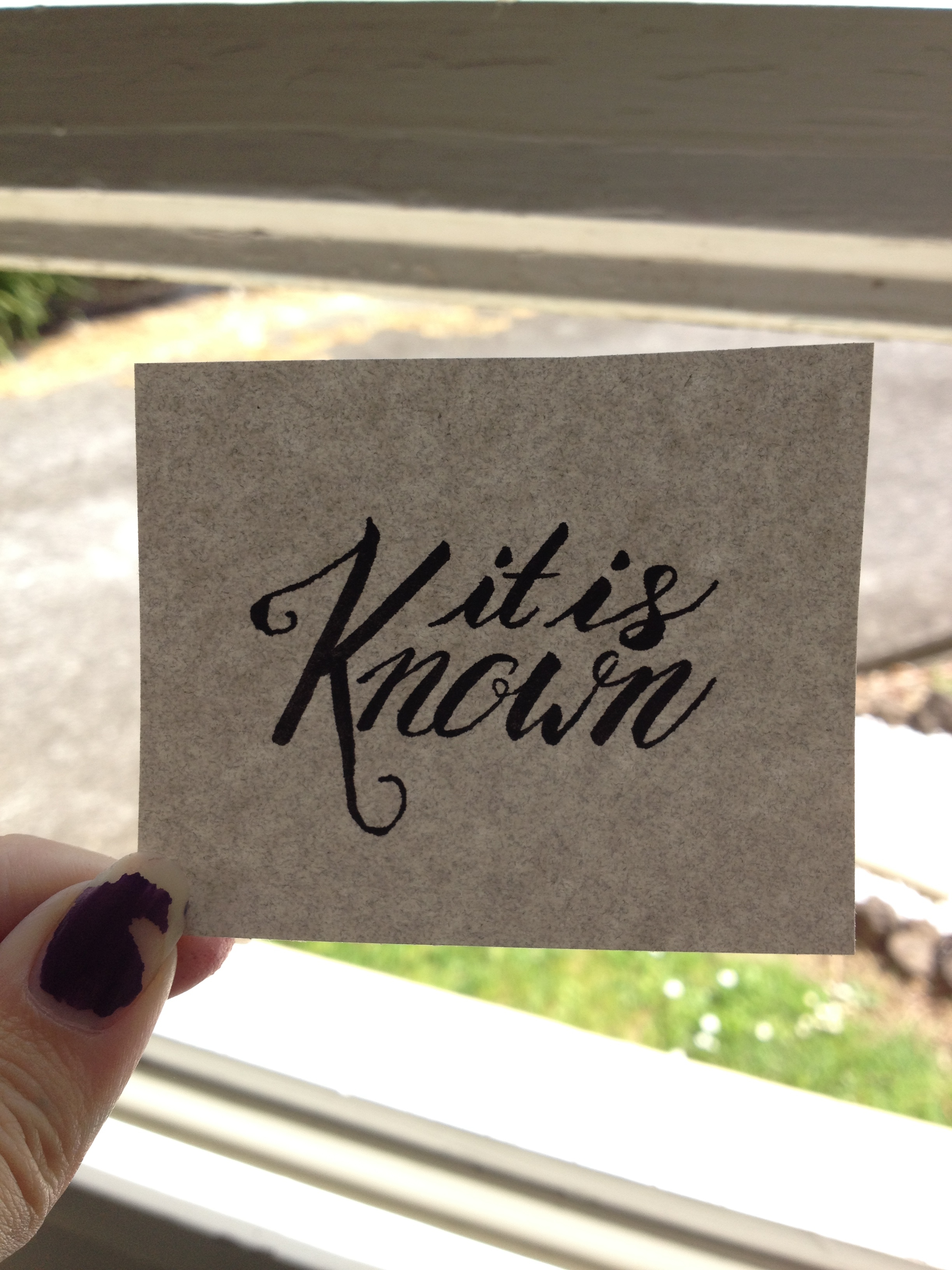
The problem with $3 notebooks though, is that the paper you get is worth about that much. The ink bled and my lines weren't crisp at all. Fine for practice, but my projects soon required some better quality paper. I moved on to a Fabriano sketchbook (which I love for pencil work) but even that was a bit toothy for my pens. I've got marker comp paper now, and I've also got my hands on a much better pen. It was the Kuretake Fudegokochi and it's still my favorite, even now that the collection has expanded a bit.
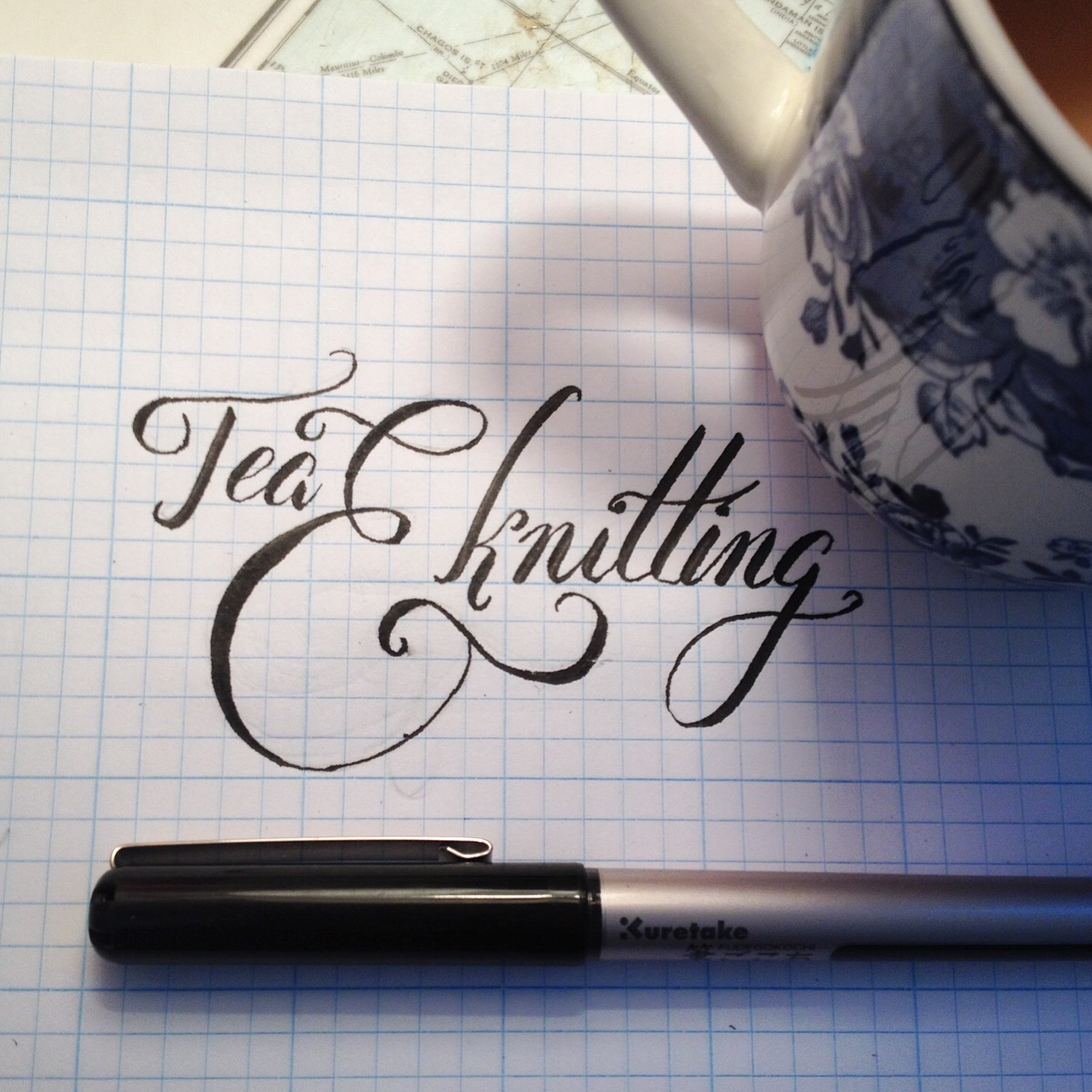
People swear by the Tombow Dual Brush pens, but they're not for me. They feel cumbersome and overlarge for the level of work I'm trying to accomplish, but I can see how they'd be perfect for some people. If you're looking for large, expressive, swooping lines and not too worried about pin-width thin areas, go Tombow. If you're all about the details or your writing is a bit on the small side like mine, you're not gonna like it.
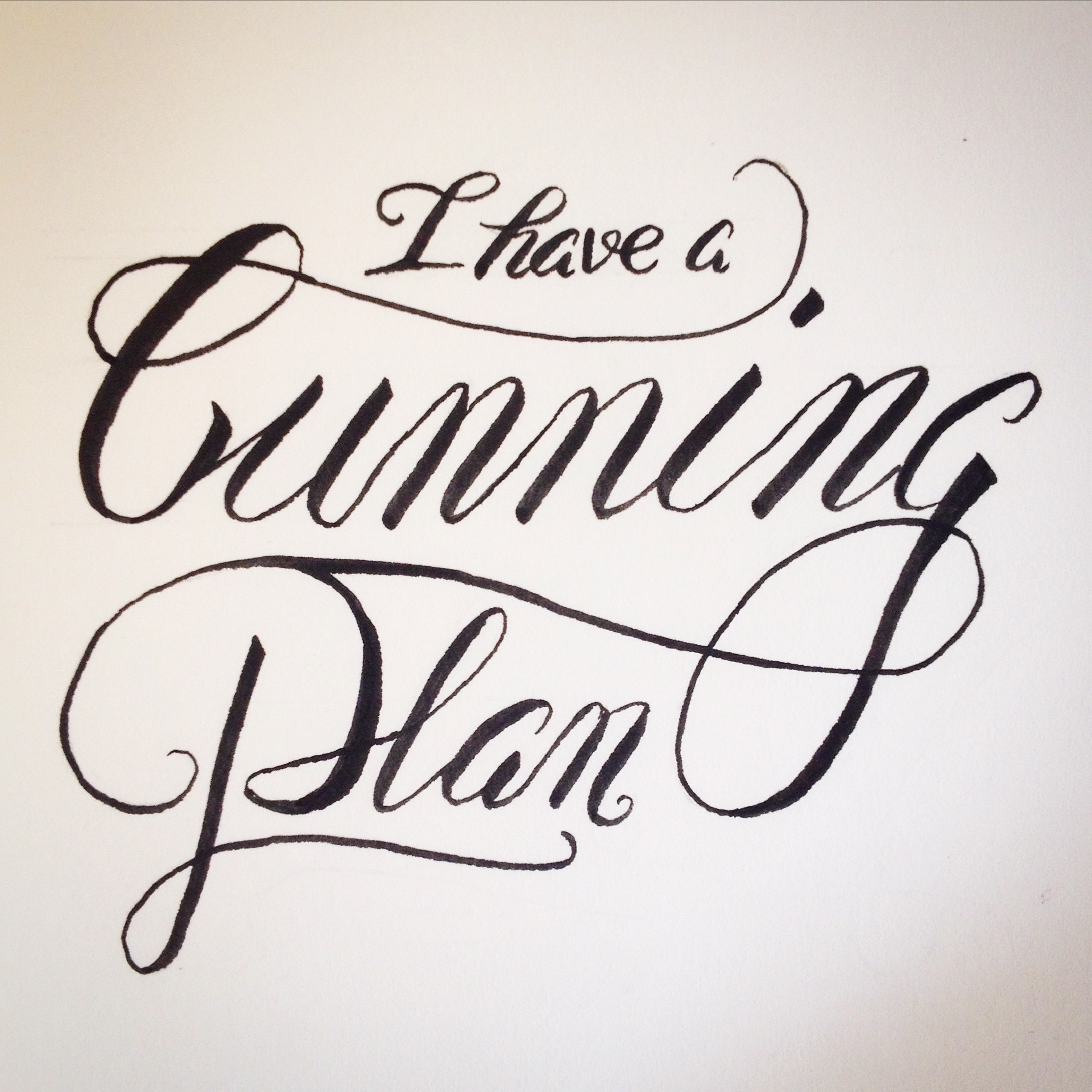
Amidst practice, I discovered that pens aren't the only thing you can draw lettering with. That was such an exciting adventure, however, that I'm saving it for part two of this post.
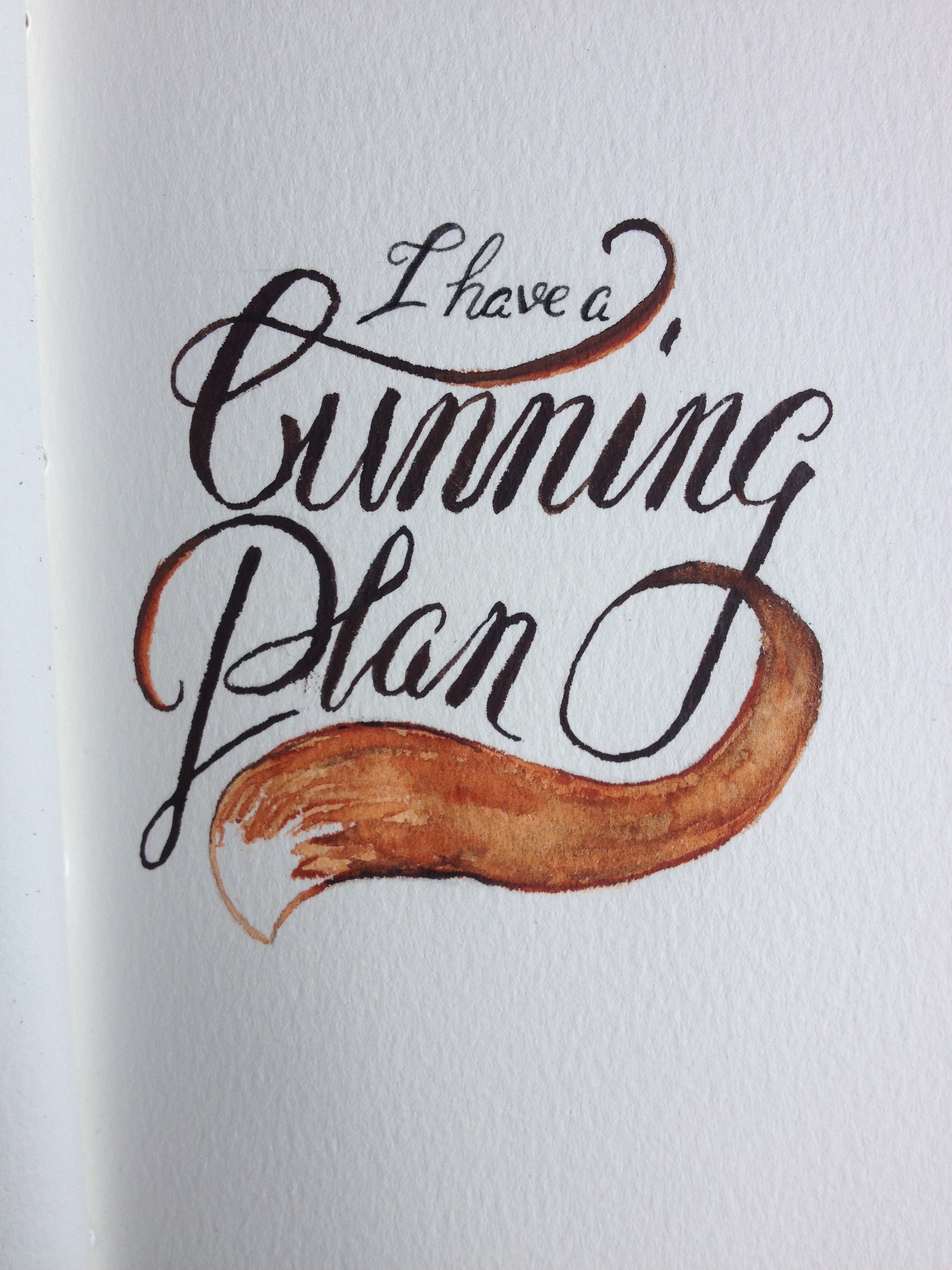
I will say that the discovery that I could use my watercolors for hand lettering was a particularly excellent discovery as it didn't require any additional money to be spent on materials. I already had all I needed!
But hey, what's a new hobby if I don't throw some money at it, right?
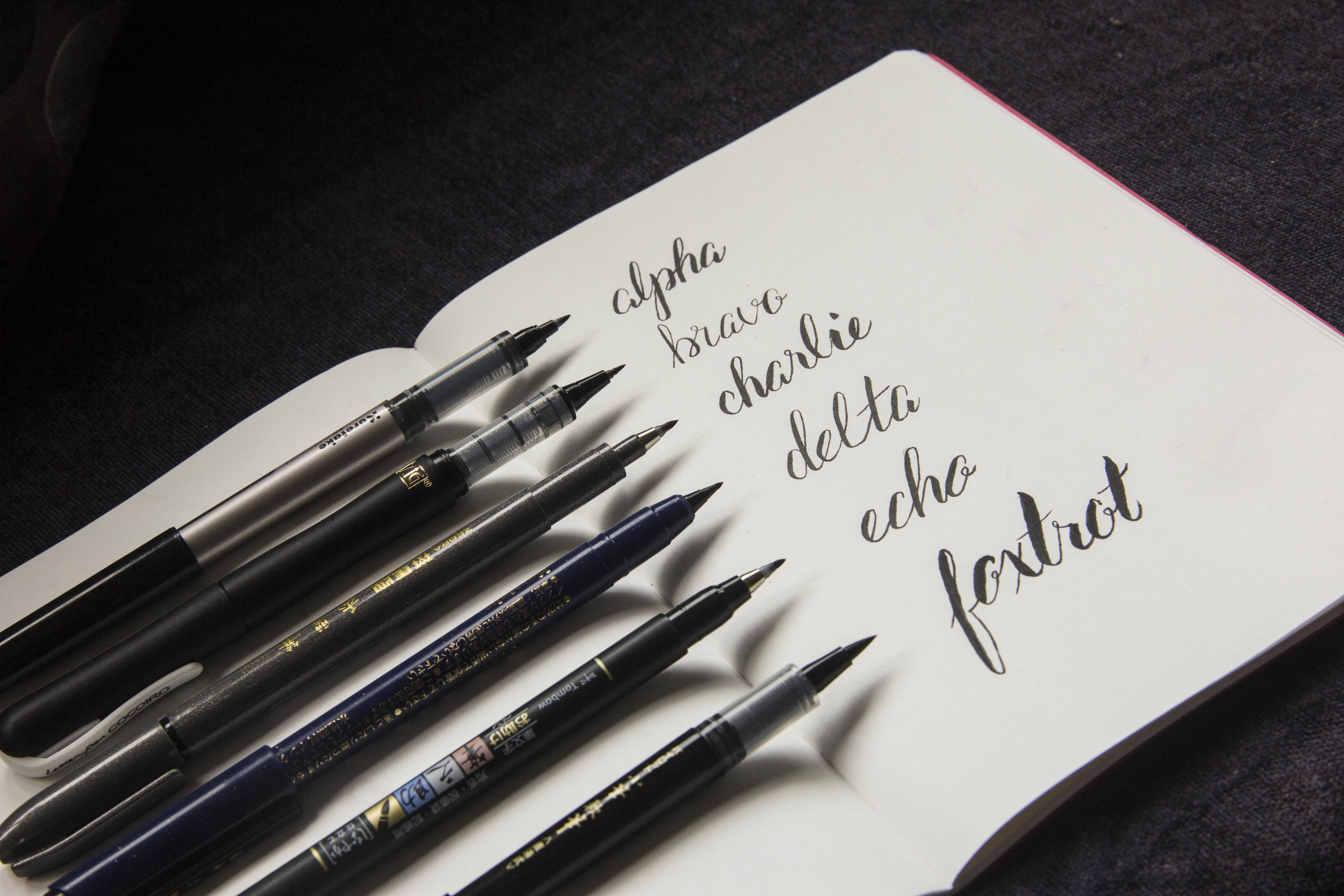
These were my Christmas presents to myself. It's a thin excuse, really, but I love them all and they're small and easily transportable. Each one is slightly different, and the more I work with them the more I like each of them for different projects. For those of you visiting this post with research-based intent, here are my findings, from alpha to foxtrot:
Alpha.) Kuretake Fudegokochi Regular: My personal favorite. It has an expressive felt nib which is capable of a variety of widths. It's a bit on the soft side but it's worth spending time to master.
Bravo.) Kuretake Zig Letter Pen CocoIro, Black: This pen is very fine and very firm. Great for a beginner and teeny tiny detail work. It also must be purchased in two parts: The refill and the body. It's worth having for the details, and another bonus is that this one comes in colors- if you're into that sort of thing.
Charlie.) Zebra Disposable Brush Pen - Fine: This one is even softer than 'Alpha', and with only very little sacrifice to the line quality at the thin range. It's very soft and fun to play with, as long as you're not dedicated to precision.
Delta.) Kuretake Disposable Pocket Brush Pen - Fine: A slightly smaller version of 'Alpha' and also very enjoyable. It's a bit firmer as well.
Echo.) Tombow Fudenosuke Brush Pen - Soft: Now this is a tombow I can get behind. I think I might recommend this one for beginners as its medium-firm tip is quick to be mastered, yet soft enough to give some decent line variation.
Foxtrot.) Pilot Pocket Brush Pen - Soft: This one is really weird. Fun to play with, but the tip is massive and extremely spongey. The ink wells up like it'll overflow whenever you put pen to paper. It's very difficult to control, but makes beautiful line variation if you can harness it.
Each pen has its own strengths and weaknesses, but unfortunately for the most part the only way to test which ones play to your strengths and weaknesses is to buy them and test them out. I hope this helps you make your decision at least a little.
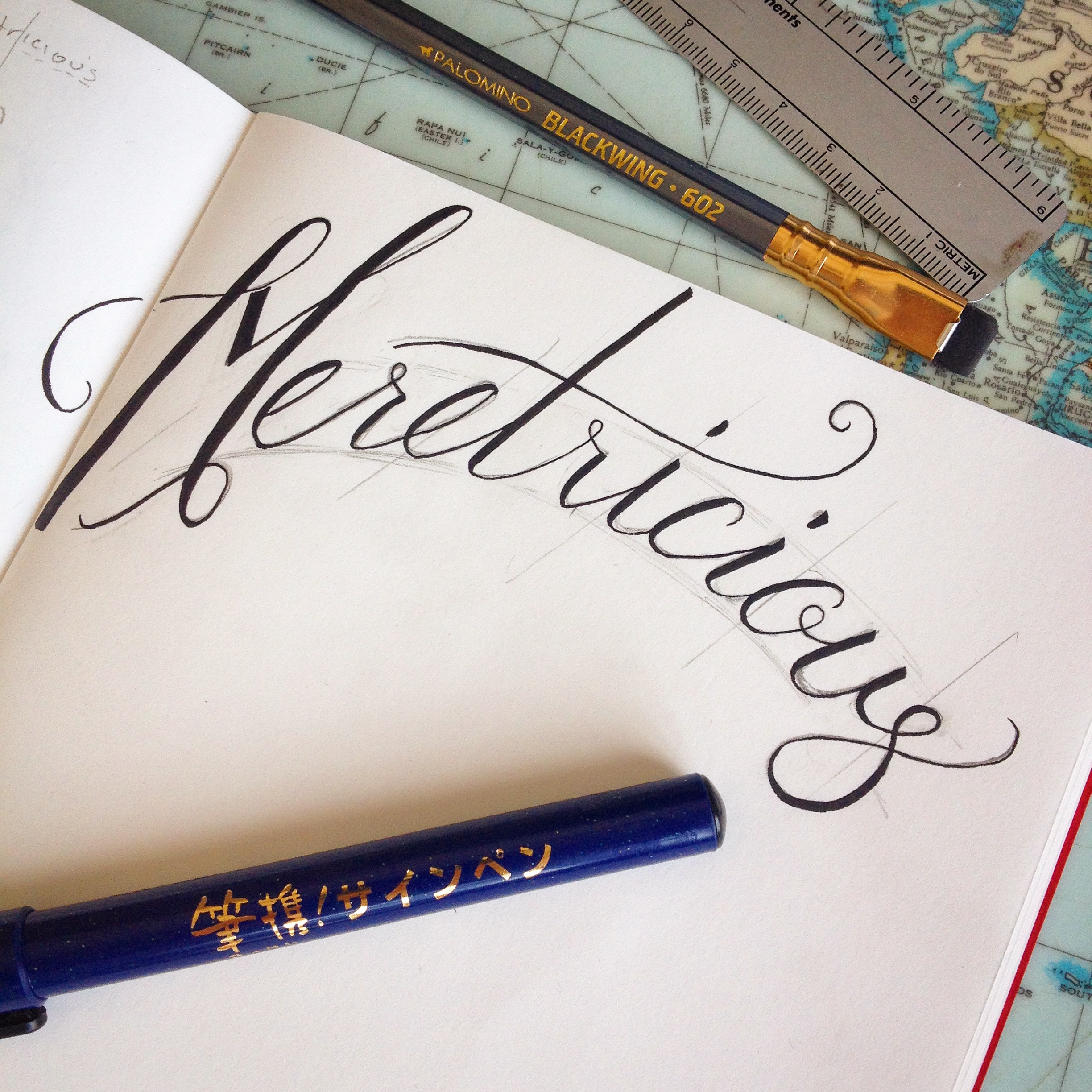
This last project was one I took through as far as digitizing in illustrator. I used both Kuretake pens to combine thick and thin lines in the first version, and then made a tracing paper version with the Zebra pen after I decided my thick lines needed to be even thicker. After that, I took a photo, dropped out the background noise in Photoshop, and traced it in Illustrator. The results were, well... Meretricious!
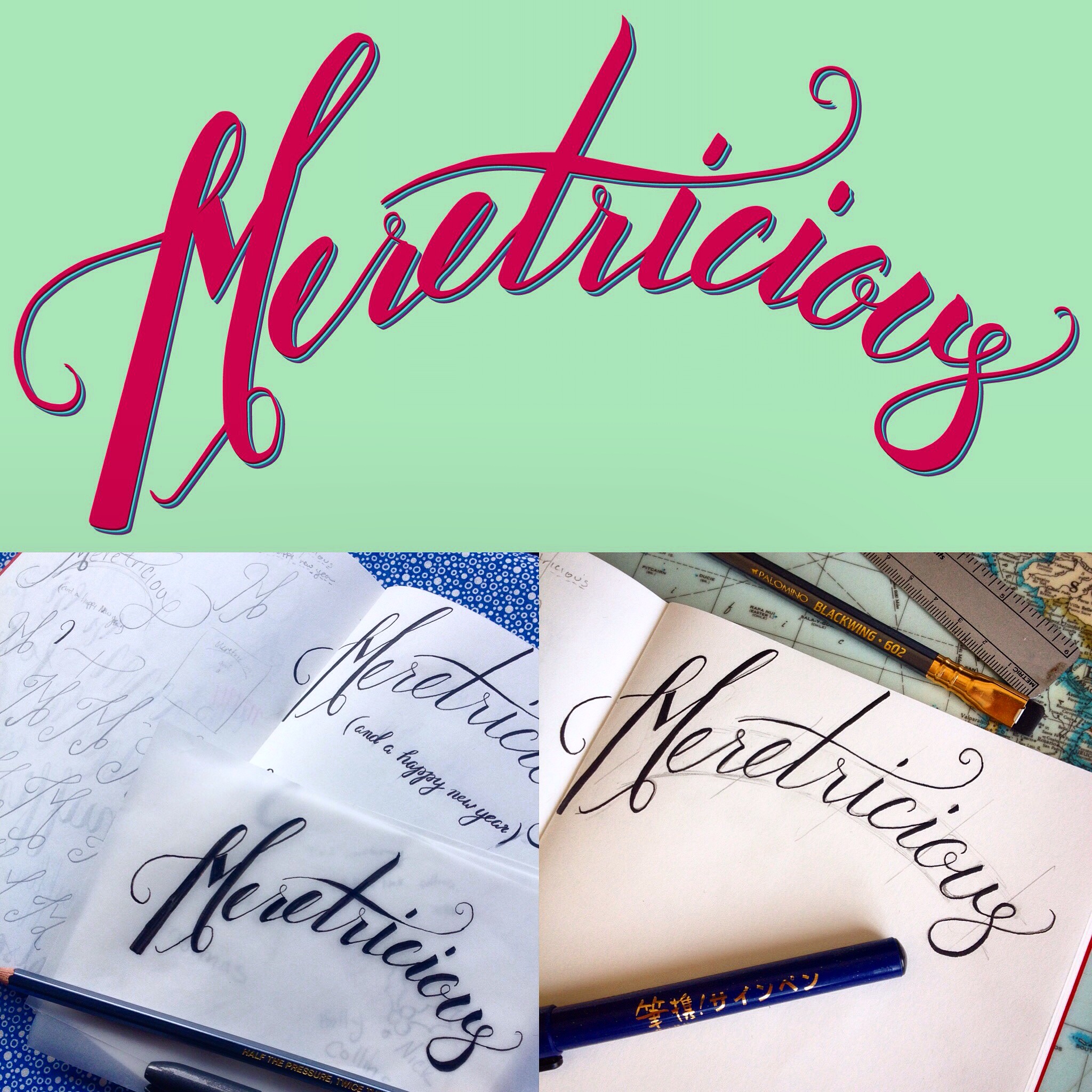
Because this post is already approaching novel length, I'm going to tell you about all my hand lettering adventures outside of the brush pen world in next week's post. That includes traditional brushes, a few real-brush options, metal calligraphy nibs, and achieving a lettered script look without a flexible nib!
I'm pretty excited with the progress I've made so I can't wait to show you more! I'll also be sharing some more in-depth projects as they're completed- especially as my desired level of intensity for lettering projects surpasses 'random pretty phrases on scrap paper'

